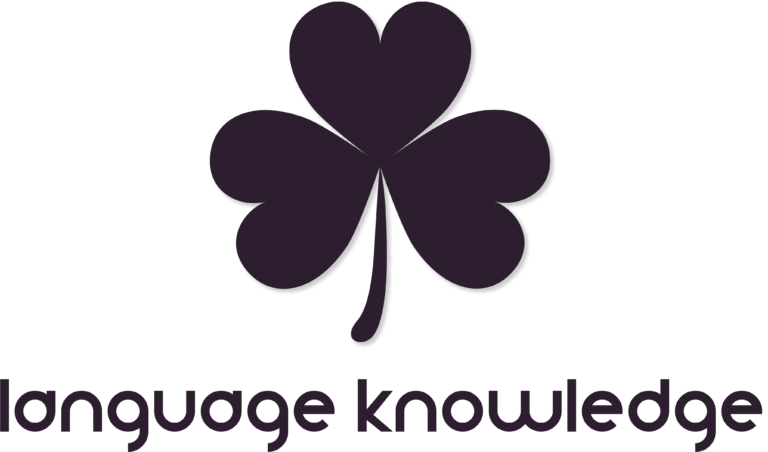What is an English pronoun?
In general, an English pronoun replaces a noun or describes a connection to the noun. Thus, it can stand both as a subject at the beginning of the sentence and as an object at the end of a sentence and in the middle of it. In short, actually everywhere.
What kind of pronouns are involved?
There are exactly 6 pronouns in English, but in this article I will only comment on 4 of these pronouns, because I think it is clear wherein the interrogative words (interrogative pronouns) differ to the other pronouns. It is also clear that a relative pronoun is used to introduce a relative clause.
If you want to know more, read the individual articles. On the one hand you can find them in the menu, on the other hand they are linked under the respective “overview article”.
Personal pronouns:
The personal pronoun is one of the pronouns used instead of a noun.
An example:
I see Tom.
Subject form – subject and object form.
The personal pronoun includes in the subject form, words like: I, you, he, ….
And in object form, words like: me, you, him, ….
Possessive pronouns:
On the other hand, the possessive pronoun represents possession, in the form of a noun and attributive form.
It’s your life. (attributive)
Furthermore, the noun form includes words like: mine, yours, his …
In contrast, the attributive form includes words like: my, your, his …
Demonstrative pronouns:
Whereas the demonstrative pronoun describes a specific thing or person. Furthermore, there are only 2 demonstrative pronouns, each with a singular and a plural form.
This jeans is nice.
The singular forms are “this” and “that” and the plural are “these” and “those“.
Reflexive pronouns:
By contrast, there are two functions that the reflexive pronoun can fulfill. On the one hand, it can be used retrospectively and then resorts to the subject of the sentence. On the other hand, it can strongly emphasize both a subject and an object.
Nevertheless, the reflexive pronoun contains only one form for each person. These are myself, yourself, himself.
About me
Hey, formerly I thought that learning languages was an innate one. Either you can speak English perfectly or not and no matter how much you learn – “I do not write a good grade in English anyway.” But I quickly learned that you do not know everything in your mother tongue.
After a while, I gave myself one last chance to learn English. Only this time I limited myself to the essential points.
That means for me verbs: the form – examples – signal words & the usage
This method enabled me to learn English faster than ever before.
Since then I know that learning to talk is not innate. And through that realization, my vision has become to offer other students the opportunity to learn English, just like I did back then. Now I ask you to help me by sharing this article with your friends! Thanks a lot!
You read: Pronoun





